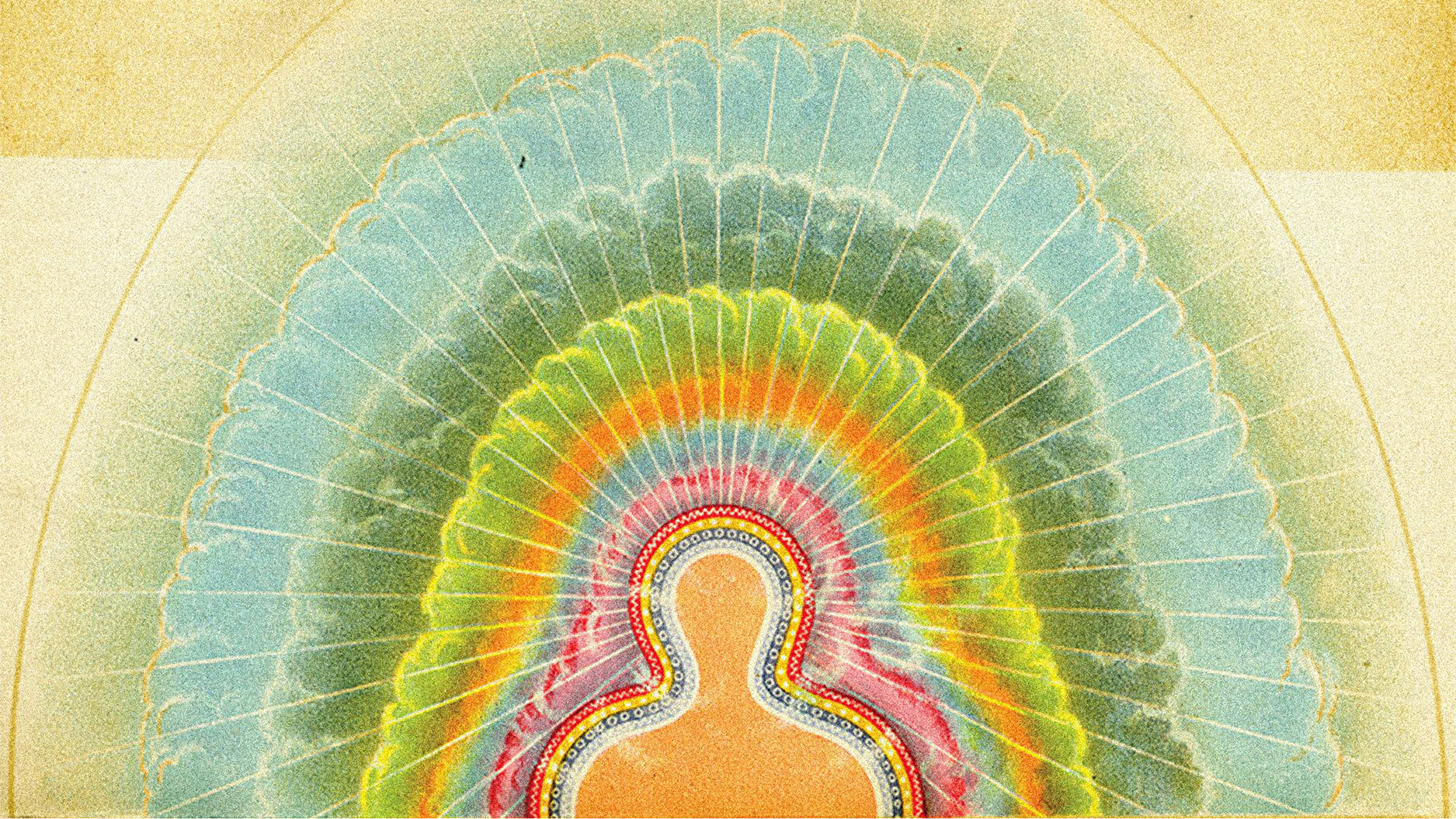Manhattan’s Lower East Side has a distinctive history shaped largely by a spirit of resistance. So how does this mesh with the myriad nightclubs and sushi bars now filling the neighborhood?
Question: What is distinctive about the history of Manhattan’s Lower East Side?
Sharon Zukin: One of the most interesting areas of New York City is the Lower East Side of Manhattan. Most people know the Lower East Side as a traditional area of immigrant settlement but a lot of those immigrants were very active in the labor movement and socialist politics in the late Nineteenth and early Twentieth Century’s so that so many blocks of the Lower East Side are filled with the shadows of the ancestors of political activists. Emma Goldman lived there. Labor leaders lived there and in fact we don’t even have to think about socialist politics during the Civil War, draft resistors put of barricades around Tompkins Square Park and through the years somehow even though those people have passed from the scene, there has been an embodiment of their spirit of resistance in that neighborhood kind of like the way African-American culture has been kept alive in Harlem and in Bedford Stuyvesant in Brooklyn so that it’s something in the soul of a neighborhood to sustain the traditions and the politics of the past. I don’t think that its only the stones and the brick of the buildings that keep the spirit alive. It also has to be the quality of population, the kinds of businesses that are there. You can’t really have Sushi Bars in a neighborhood where so many resistors and counter-cultural movements took place.
Question: How does this change come about?
Sharon Zukin: You know one of the interesting things about this whole process that draws more and more people to the so-called authentic neighborhoods is the entrepreneurial businesses that are opened up by creative people to cater to their own community. And usually these are small businesses that provide services or provide goods that the new residents culturally crave. They have no intention or driving out old businesses but they are really visible presences on the street and they signal that these areas of the city are now safe for bigger real estate development. We used to think that it was the presence of artists that lead to gentrification but I really think that it’s the presence of the businesses that artists create; art galleries, performance spaces, bars, restaurants, that really, boutiques, that really attract people from a larger public first as visitors and then as would-be residents.





